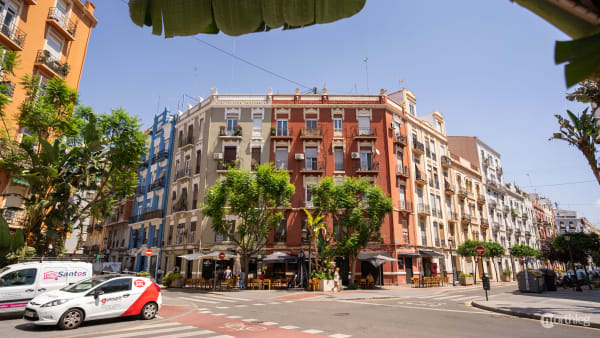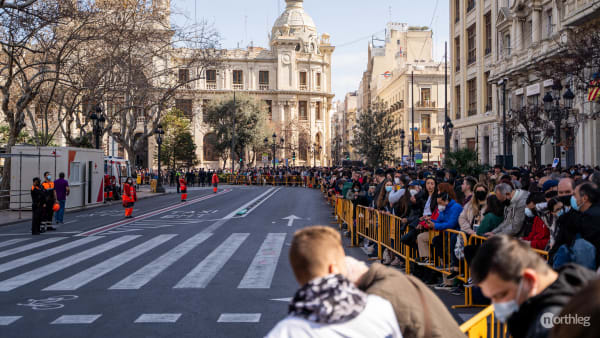Curiosities
Curiosities
What do you know about the ancient origins of this festival and its name? In this section, you can find out all the most interesting and useful facts about the Fallas.
The origins of the festival
There are two main theories regarding the origins of the Fallas, and they are both inextricably related to the Cremà, the burning of the sculptures.
The first one is common to many other seasonal festivities in the Christian world. According to this theory, the festival can trace its origins back to the time when rituals were habitually performed on the occasion of seasonal changes (winter to spring, spring to summer, etc…).
The Catholic church, unable to eliminate (or perhaps cunningly rebranding) the ritual, embraced it as a celebration related to St Joseph (San José, in Spanish). This day, as it just so happens, falls basically on the day of the spring equinox.
Another theory sees the ritual as a direct descendant of the carpenters’ celebration of their patron saint (St Joseph indeed). Tradition dictates that, during the winter and autumn months, Valencian carpenters used to illuminate their workshops with a parot, a sort of chandelier supported by a wooden pole.
When days were becoming longer, and St Joseph’s day came around, the carpenters would put the parots in the street, together with unused scraps of wood, and burn them to celebrate. Over time, the bonfires became richer and the poles more elaborate, to the point that they were given human appearances and started being a way to mock disliked figures or people.

The origins of the name
The noun Fallas comes from the Latin facula, meaning torch. This was the term used for the torches placed at the top of watchtowers or to illuminate rooms.
In the 16th century, the word falla began being used to indicate the bonfire placed in the centre of a circle of people, for example during celebrations or festivals.
The term thus began to lose its original meaning - that of a torch - and retained its meaning related to that of a festivity in which wood and junk were burnt on predetermined days.

Reliable and unreliable timetables
Every year, an official calendar is released. For some particularly eventful days (especially the ones during the final week of the festival) an exact timetable is usually put out.
The official calendar is always respected (except in case of emergencies or special situations), so the events always happen on the day they are supposed to.
The same cannot always be said for the timetables. The recurring events, like the Mascletà and the Despertà usually take place at the expected time. Other events, like the ones that need particular supervision and coordination because of safety reasons (like the Cremà) usually do not respect the timetables as closely.

















